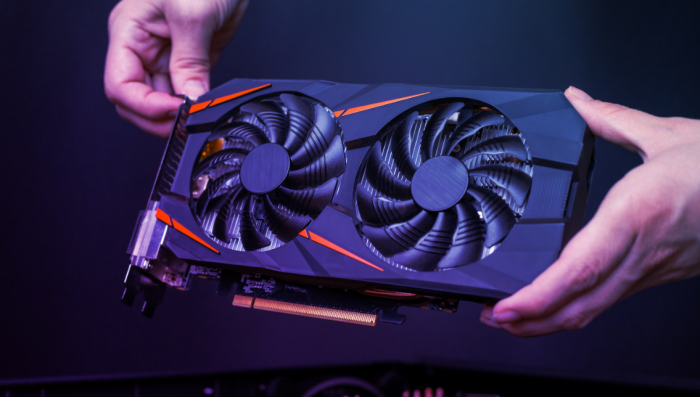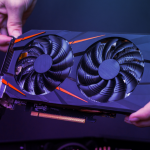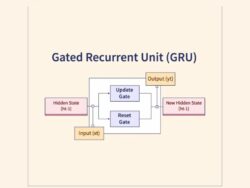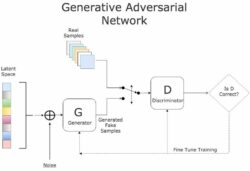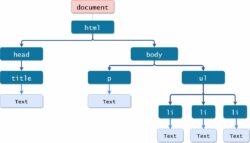PC Graphics Cards: The Ultimate Guide to Choosing the Right One
PC gaming has become increasingly popular over the years, and with the rise of eSports, it’s no surprise that gamers want the best graphics possible. A great PC graphics card is essential for achieving the highest level of visual fidelity in games. But with so many options on the market, it can be difficult to know where to start. In this ultimate guide, we’ll take a deep dive into the world of PC graphics cards and help you choose the right one for your needs.
1. What Are PC Graphics Cards?
PC graphics cards are specialized pieces of hardware designed to render and display graphics on your computer. They work in conjunction with your computer’s CPU to provide the best possible visual experience when playing games or using graphics-intensive applications.
2. Why Do You Need a Good Graphics Card?
A good graphics card is essential for running modern games and applications. Without one, you may experience lag, stuttering, and low frame rates. A good graphics card can also help extend the life of your computer, as it can handle more demanding tasks than an integrated graphics card.
3. Types of PC Graphics Cards
There are two main types of graphics cards: AMD and Nvidia. Both companies offer a wide range of cards at different price points, each with their own strengths and weaknesses.
3.1 AMD Graphics Cards
AMD graphics cards are known for their excellent value and affordability. They tend to offer better price-to-performance ratios than their Nvidia counterparts, making them a great choice for budget-minded gamers.
3.2 Nvidia Graphics Cards
Nvidia graphics cards are known for their high performance and cutting-edge technology. They tend to be more expensive than AMD cards, but they offer better performance and more features.
4. Key Graphics Card Specifications
When choosing a graphics card, there are several key specifications to consider. These include:
· 4.1 GPU
The GPU, or graphics processing unit, is the heart of the graphics card. It’s responsible for rendering and displaying graphics.
· 4.2 Memory
Graphics cards come with their own dedicated memory, known as VRAM. The amount of VRAM you need depends on the resolution and quality of the graphics you’re rendering.
· 4.3 Clock Speed
The clock speed of a graphics card determines how quickly it can process data. A higher clock speed generally means better performance.
· 4.4 Cooling
Graphics cards generate a lot of heat, so it’s important to choose a card with good cooling. This can include things like heatsinks, fans, and liquid cooling systems.
5. Choosing the Right Graphics Card for You
When choosing a graphics card, it’s important to consider your budget and the types of games or applications you’ll be using it for.
5.1 Budget-Friendly Options
If you’re on a tight budget, AMD’s Radeon RX 5500 XT and Nvidia’s GeForce GTX 1660 Super are both great options. They offer excellent price-to-performance ratios and can handle most modern games at 1080p resolution.
5.2 Mid-Range Options
If you have a bit more to spend, AMD’s Radeon RX 5700 and Nvidia’s GeForce RTX 2060 are both excellent mid-range options. They offer better performance than budget-friendly options and can handle games at higher resolutions and quality settings.
5.3 High-End Options
For those who want the best possible performance, AMD’s Radeon RX 6800 XT and Nvidia’s GeForce RTX 3080 are both excellent high-end options. They offer cutting-edge technology and can handle the most demanding games and applications.
Conclusion
In conclusion, a good PC graphics card is essential for anyone who wants to experience the best possible visuals in games or graphics-intensive applications. When choosing a graphics card, it’s important to consider your budget, the types of games or applications you’ll be using it for, and the key specifications such as GPU, memory, clock speed, and cooling. Both AMD and Nvidia offer a wide range of cards at different price points, each with their own strengths and weaknesses. With the information provided in this ultimate guide, you should now have a better understanding of PC graphics cards and be able to choose the right one for your needs.
